Obscura’s 10th Anniversary
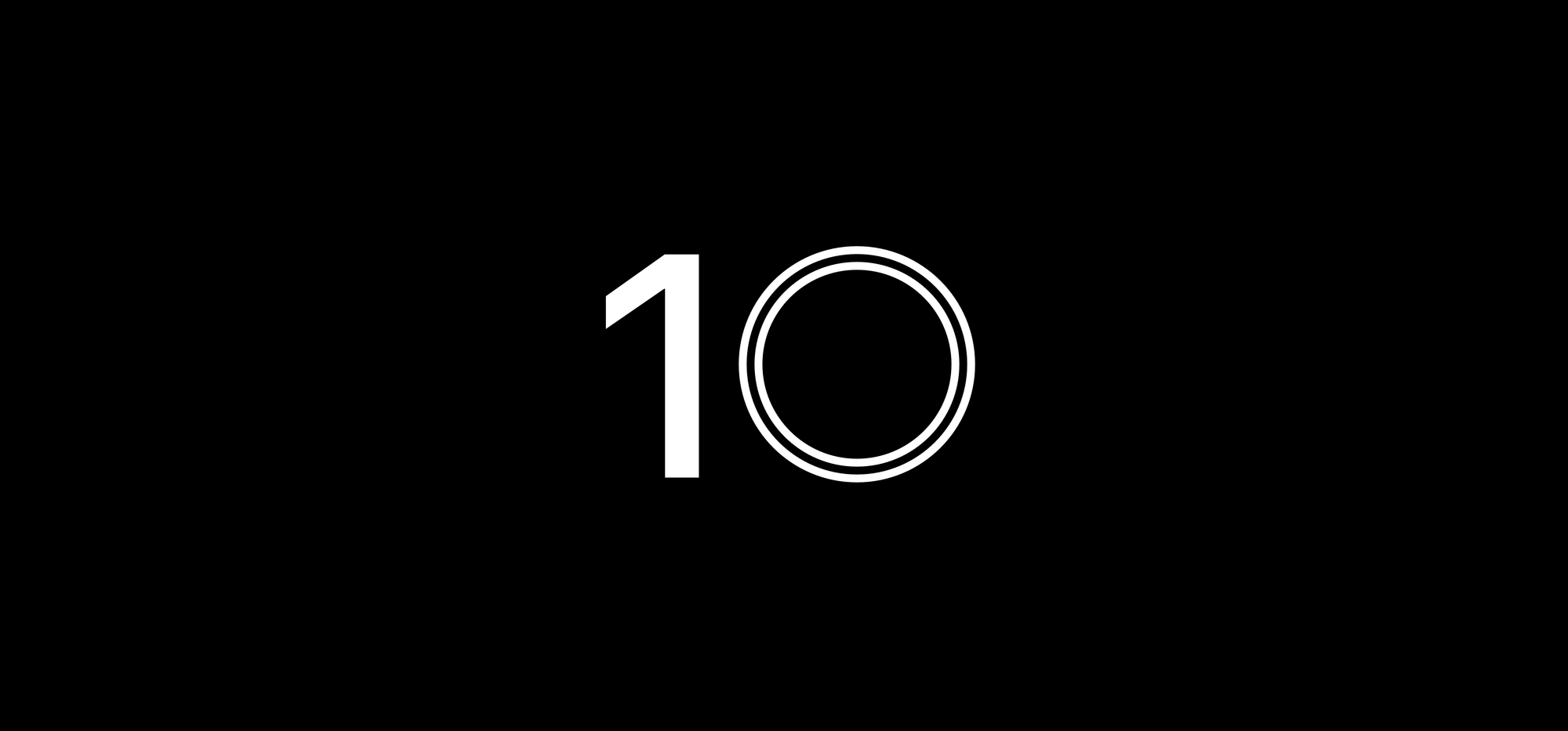
I don’t think anyone is more shocked than I am that it’s been 10 years since Obscura launched.
I went to college to study graphic design, and while our course covered a broad range of design skills and applications, I always knew that user interface design was what I wanted to be doing as a career. I also grew up with parents who were self-employed for most of my childhood, so the vague idea I had in mind was that I would be designing apps while someone else would build them.
In my second year, about 11 years ago, I had a three week web design module in college that taught the basics of HTML and CSS. I was instantly hooked. Writing code had always seemed like a daunting task, but a little bit of markup was enough to break the seal and let me realise that it was both doable and enjoyable. I also realised that I was going to have a hard time convincing anyone to build my designs if I couldn’t afford to pay them or have an idea so earth-shattering that they’d leave their job to join my mission. Learning how to build apps myself seemed like the most viable option.
So I downloaded Xcode, spent far too long dealing with certs and provisioning profiles, and tried to follow the Stanford courses in iTunes U. Having absolutely no foundations in computer science, most of it went over my head. But I muddled through via trial and error and a lot of Stack Overflow, and after about 3 months, I released my first app, Agile onto the store. Agile is a very simple game, inspired by the carnival staple Whac-a-Mole, where you have to tap on dots as quickly as they appear. It wasn’t a huge hit but it made back the $100 developer license fee so I felt justified in continuing for another year at the very least.
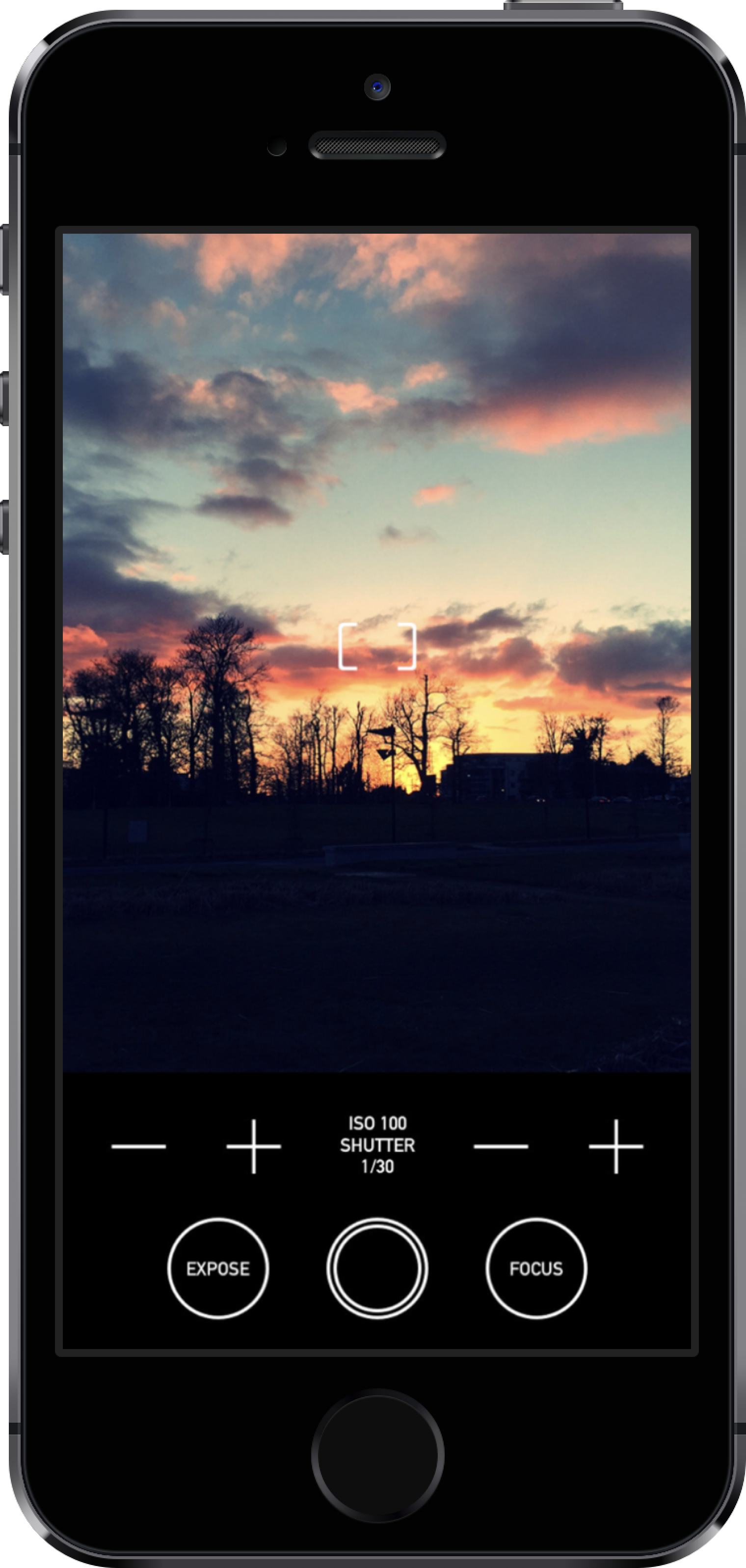
Obscura
During my work on Agile, WWDC 2014 happened, in which Apple introduced the first manual camera APIs. It was now possible to take control of the iPhone’s camera hardware like never before, letting apps just things like focus, shutter speed and white balance directly. Better still, Apple chose not to adopt any of this pro features in their camera app, so it created a niche for the kind of pro camera app that more closely replicated the experience of using a DSLR.
Over the course of the next year, I worked away on the little camera app that would become Obscura. It’s working title was Gothm (a nod to the retired Instragam filter with a small cult following) and later I sat with a friend trying to think of a punny name based on some sort of obscure camera terminology that the name hit me.
In 2015 I spent the summer in San Francisco with a couple of friends. I’d been offered an internship at Apple on the Camera app team, but because of visa reasons, it didn’t work out. If it had, I probably wouldn’t have been able to launch Obscura that summer and I wouldn’t be here writing this blog post. Instead, I launched Obscura at the end of June with a little more fanfare than Agile had received, thanks to some of the connections I had made working at Úll.
Obscura was originally free with in-app-purchases to unlock filters, but I later switched it to be paid up front, right before Christmas that year. It got featured on the front of the App Store, which meant Obscura went from having made about $600 total in its first 5 months to over $10,000 in the space of few weeks. This had a dramatic impact on how much effort I put into my remaining few months of college.
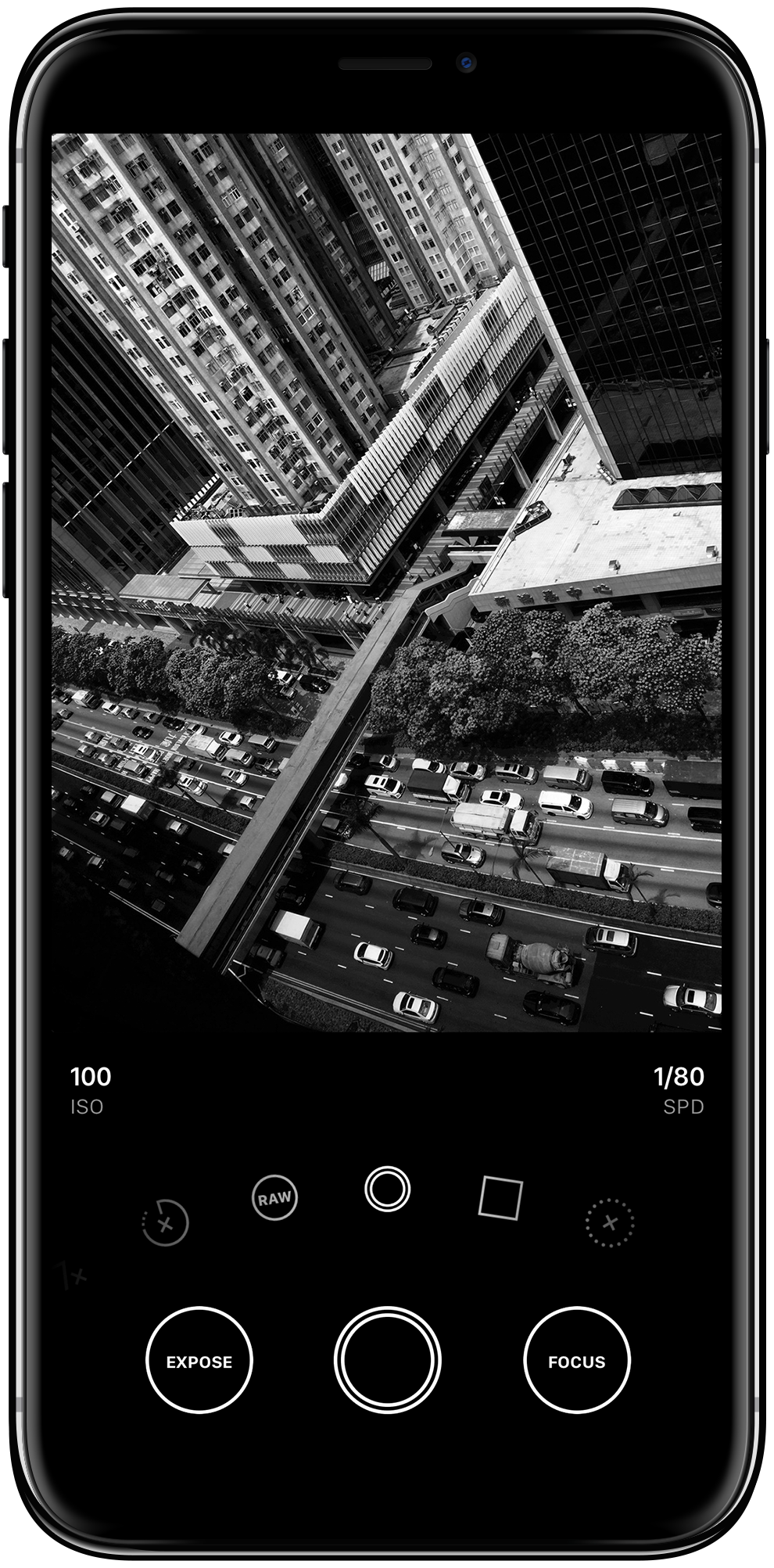
Obscura 2
I spent 2017 living in New York, interning at an app development studio and working on Obscura 2 in my spare time. One of the main goals with Obscura 2 was to better accommodate the increased screen sizes of the iPhone 6 and 6 Plus. That involved making many of the controls more gestural and introduced a Control Wheel for changing settings in a way that felt like the dials of a DSLR. The iPhone’s haptic engine really made this shine.
Given the lack of upgrade pricing on the store it made sense to release it as a separate app. I was honoured that Obscura 2 was awarded Editors’ Choice on launch and it really started to become a more viable business.
I had help with the Control Wheel from my friend Adam and in 2019 we worked on a calendar app that never made it to launch. After a year of declining sales of Obscura 2, I decided to go back to what was familiar and started work on Obscura 3.
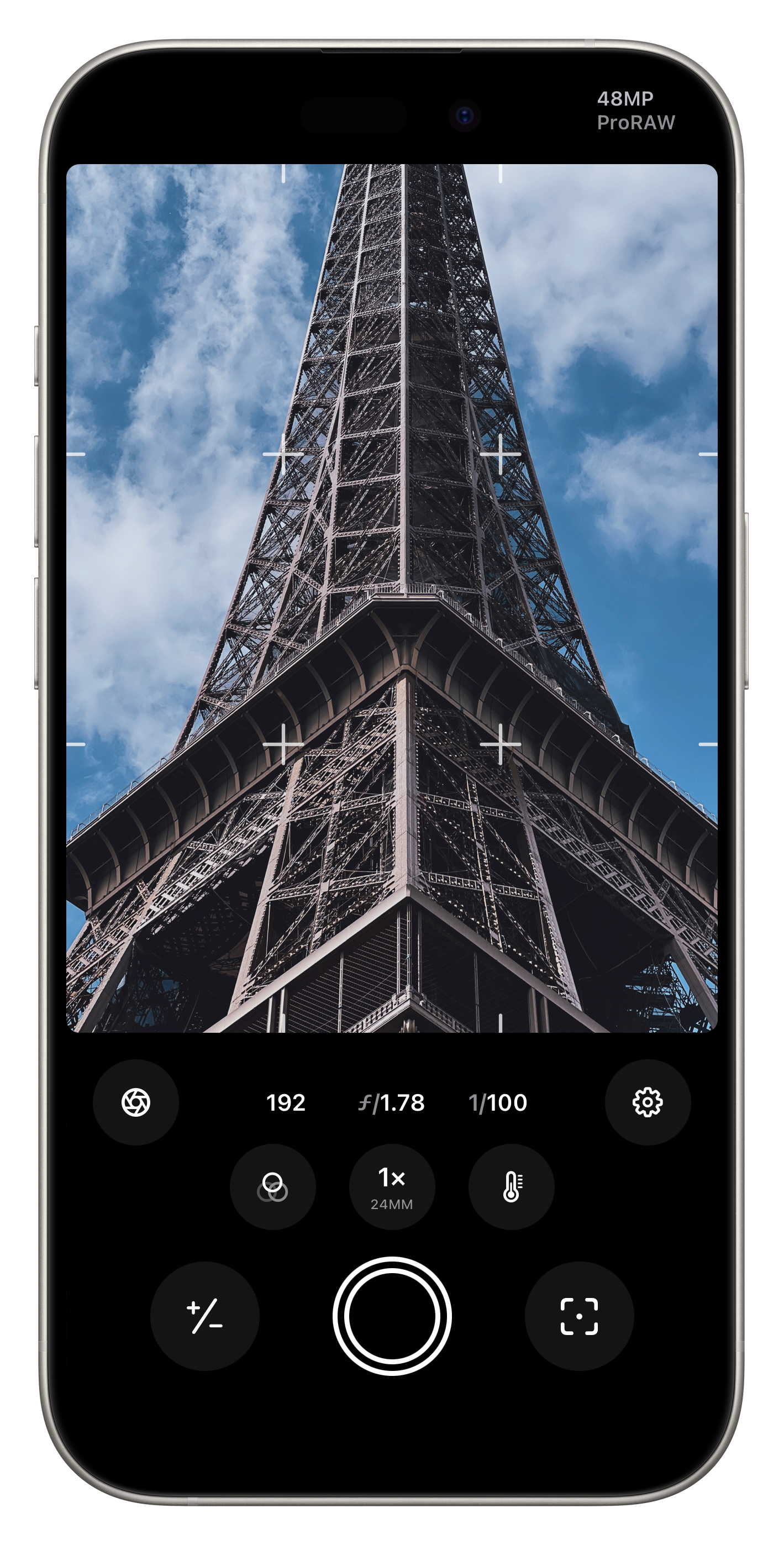
Obscura 3
Much like Obscura 2 was designed for larger iPhone screens, Obscura 3 was designed for modern iPhones with no home buttons and multiple rear cameras. The rear cameras introduced a tonne of complexity in how camera apps operate as when both (or all three) cameras are active, you can’t use features like manual focus or white balance. So you have to make tradeoffs between speed and ease of use versus giving the user more control. Obscura 3 offered multiple modes that could be better tailored to specific needs, like shooting RAW or Live Photos.
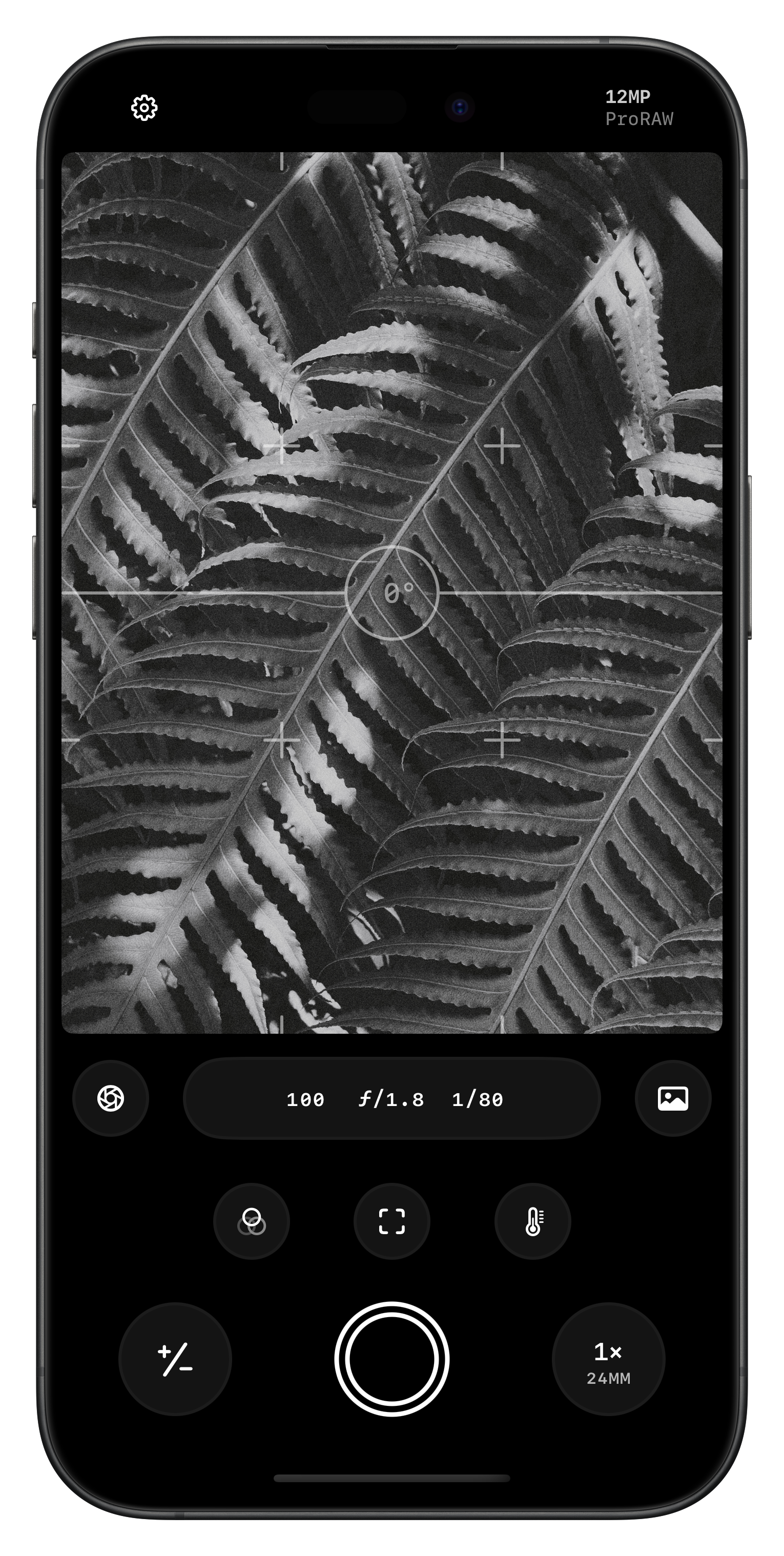
Obscura 4
Obscura 4 was in large part an opportunity to rewrite much the interface in SwiftUI, allowing for more seamless transitions between various controls and views. It placed greater emphasis on the zoom control, as iPhone’s with multiple rear cameras were now the standard.
It also marked the shift to a subscription model which has made working on Obscura much more sustainable, allowing me to experiment with new apps and take on design consulting work, all of which has been a huge success.
Working on Obscura has been a true labour of love and the fact that it’s been able to (more or less) support me financially has been a dream come true. I’m constantly striving to make it the best it can be, because I know the joy that can be found it creating art with tools you love. It’s why I fell in love with computers and photography and I am forever honoured that I get to build such a tool for other’s to use.
There’s simply no way that Obscura would be here today if it wasn’t for the support of the whole ecosystem of the Apple community. From folks within Apple to the podcasters and journalists who’ve been covering Obscura, to the fellow designers and developers who’ve become some of my dearest friends. There are far too many people to thank individually but if you’re reading this, there’s a very good chance you are one of them. It’s hard to find the words to express how deep my gratitude runs, but from the bottom of my heart, thank you for making this possible.
Ben.
